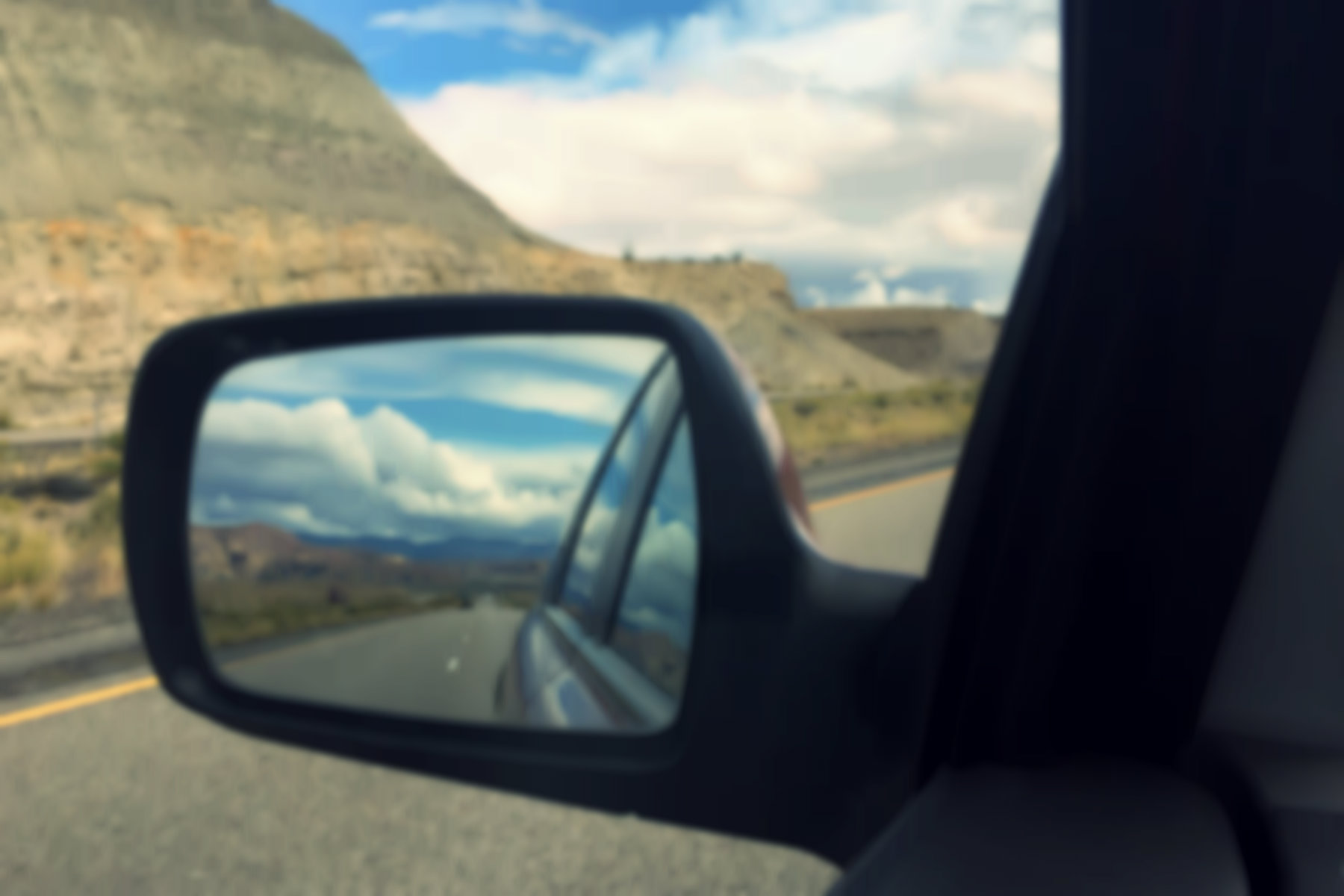In August, we were high in the Cascades outside Bend, Oregon with two friends. It was pouring rain, effectively cancelling our hike, so we pulled out our phones to figure out a new plan.
Me and Chris: no service. Jon and Eliza: three bars.

Here’s Jon laughing at something else, but he was probably laughing at us in his head when he saw we had no service
Working while traveling, for us, is only possible with good mobile and internet. But since January, we’ve been cheaping out — so our connectivity was constantly cutting out.
What You Can Learn From Our Mistake
We signed on with T-Mobile as we set up our virtual office because:
- We thought we’d be burning through the gigabytes on the road and they offered unlimited data, and
- We thought it would be cheaper than Verizon.
In the beginning, it was cheaper. We were getting tons more data! And music streaming wouldn’t count against our data!
Until we left major metropolitan areas. Then, we experienced flat-out rage. Slow load times, dropped Skype calls, and a lot of dead zones. If we wanted to work, we had to stay on the grid — which is not how van life works.
Cost Comparison
Here’s what we paid with T-Mobile previously, versus what we pay with Verizon now.
T-Mobile (previous)
Shared Voice/Text: $80 for unlimited
Shared Data: $10 for 4GB
Devices: $46 for two iPhones
Perks: Free music streaming, unlimited 3G data, 10GB data “stash”
Monthly Total: $136
Verizon (current)
Shared Voice/Text: $40 for unlimited
Shared Data: $45 for 3GB
iPhones: $46 for two iPhones
Perks: It actually works!
Monthly Total: $131
You might think, OK, the monthly bill is comparable but you guys were getting so much more data before! You would be right, except we were spending more before on:
- Roaming: In Montana, we had to purchase additional roaming data because we went over the (much smaller) cap of 60MB/month.
- Coffee Shops: When we didn’t have T-Mobile LTE, doing work was virtually impossible because there was either no service or 3G was too slow. So we’d end up spending money at coffee shops for Wi-Fi.
- Unused Data: Because we were in so many dead zones, we ended up paying for data we couldn’t use.
Real-Time Case Study: The Middle of Nowhere
We’ve been driving through remote parts of Nevada and Utah and have only had “No Service” or “1x”/low bars in a couple of places. We drove across a road literally called the Loneliest Road in America and had usable coverage! In addition, we’ve…
- Sent emails and photo iMessages from a national park
- Had clear, interruption-free conference calls while driving through mountainous areas
- Downloaded large files for projects instantly
- Communicated with business partners via WhatsApp and Slack
- Streamed music and podcasts, even when on “Extended” service
…in places like this:

A beautiful and deserted state park in northern Nevada

U.S. Highway 50 is also known as “The Loneliest Road in America“

Red Delicious parked in a little old west town called Eureka

Our campsite in Great Basin National Park, where the skies are so dark you can actually see the Milky Way! Sadly, my iPhone is not good enough to capture such things.

Looking out from Wheeler Peak overlook in Great Basin National Park

Driving through the Utah desert toward Moab

The San Rafael Swell, bisected by I-70 in Utah
Moral of the Story
Know what you need for your lifestyle. Don’t cheap out: you get what you pay for.

2 comments for “Don’t cheap out on mobile”